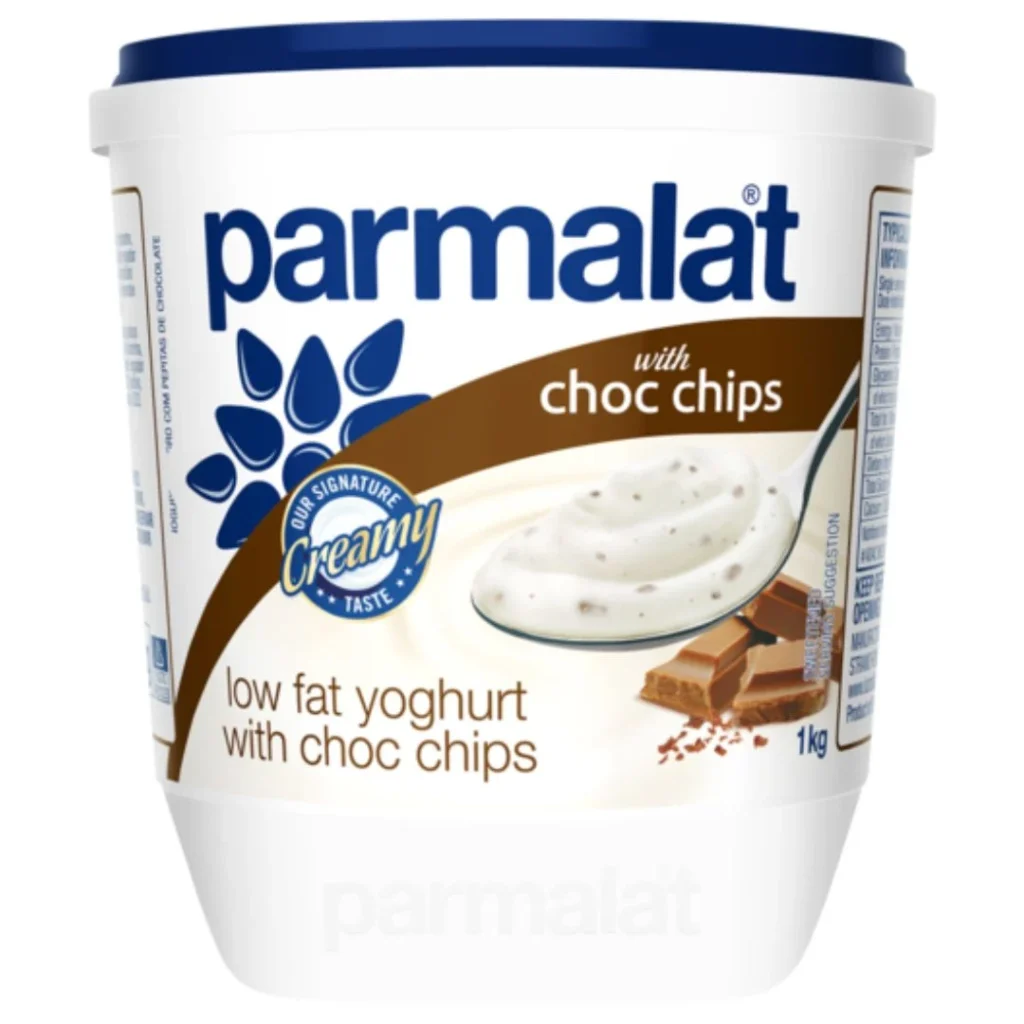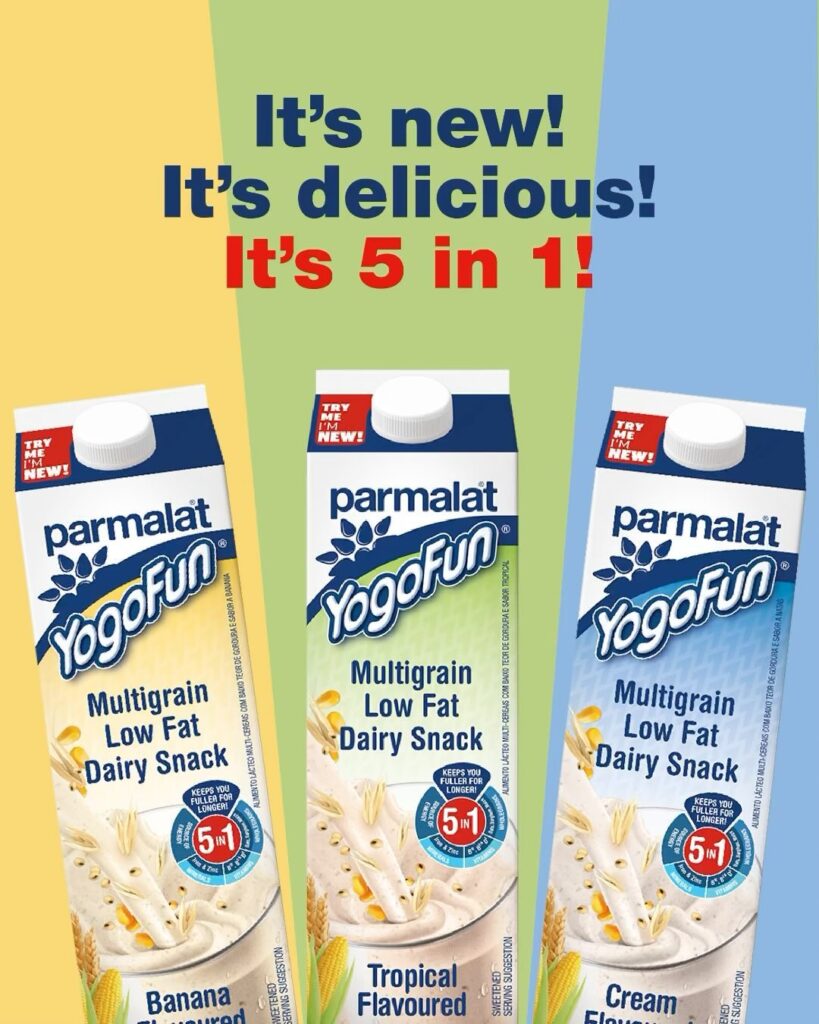From Dairy Aisles to Global Markets: The Strategic Rise of Parmalat

From Dairy Aisles to Global Markets: The Strategic Rise of Parmalat. Parmalat’s journey from a small Italian dairy company to a globally recognized food brand is a story shaped by innovation, resilience, and strategic expansion. Founded in 1961 by Calisto Tanzi in Parma, Italy, Parmalat began as a local milk producer. Over the following decades, it grew into one of the world’s most well-known dairy and food companies, offering milk, cheese, yoghurt, fruit juices, and dairy-based beverages across multiple continents.
While the brand has faced significant challenges, including one of the largest corporate scandals in European history, its ability to recover and evolve offers valuable lessons to entrepreneurs aiming to build enduring, resilient businesses.

Early Growth Through Technology and Distribution
From the start, Parmalat differentiated itself through early adoption of Ultra-High Temperature (UHT) milk processing technology. This allowed milk to be stored without refrigeration for extended periods—a major logistical advantage in both domestic and export markets. At a time when fresh milk had a short shelf life and required complex cold chains, Parmalat’s UHT milk gave the company a competitive edge.
This innovation enabled Parmalat to expand its distribution beyond local markets. The brand rapidly grew its presence across Italy and then internationally, entering Latin America, Africa, and parts of Europe during the 1980s and 1990s.
Branding and Strategic Positioning
Parmalat did not merely rely on product innovation. It also invested heavily in branding, advertising itself as a modern, family-friendly, and health-conscious company. Its iconic blue-and-white packaging and became familiar to millions.
The company positioned itself as a trustworthy partner for families, often focusing on children’s health and nutrition in its advertising. This consistent brand message—backed by quality control and innovation—helped establish loyalty and trust across generations of consumers.

The Collapse and Aftermath
Parmalat’s growth story took a dramatic turn in December 2003, when the company was found to have a multi-billion-euro hole in its balance sheet. The accounting fraud, one of Europe’s biggest at the time, led to Parmalat’s bankruptcy and the arrest of founder Calisto Tanzi.
At this point, Parmalat could have disappeared. Instead, it became a case study in corporate recovery. The company was placed under extraordinary administration, and by 2005, it was restructured and returned to the stock market under new leadership. The focus shifted back to core dairy and beverage products, cutting unprofitable ventures and restoring financial discipline.
Recovery and Global Reinvention
In 2011, Parmalat was acquired by French dairy giant Lactalis, the largest dairy group in the world. This acquisition provided the scale, stability, and global network needed for Parmalat to rebuild its reputation and operations.
Under Lactalis, Parmalat sharpened its focus on innovation and product development. In South Africa, for example, Parmalat introduced a variety of yogurt and cheese products tailored to local tastes, while maintaining high European quality standards. This combination of global backing and local relevance became central to the company’s growth strategy.

Sustainable Practices and Modernization
In recent years, Parmalat has embraced sustainability, introducing eco-conscious packaging and investing in energy-efficient production. These initiatives are aligned with growing consumer demand for responsible corporate practices and environmental stewardship.
Digitally, Parmalat has modernized its marketing channels, including interactive campaigns and social media engagement, while continuing to rely on strong retail partnerships to maintain visibility in supermarkets.
Lessons for Entrepreneurs
Parmalat’s rise, fall, and resurgence hold rich lessons for entrepreneurs navigating today’s business landscape:
- Innovation as a launchpad: Parmalat’s use of UHT technology gave it an operational edge that opened new markets. Innovate where it matters.
- Consistency builds trust: From packaging to advertising, Parmalat built a recognizable, consistent brand image that appealed to families.
- Diversify carefully: Expanding into too many unrelated sectors contributed to Parmalat’s downfall. Growth should align with your core strengths.
- Reputation can be rebuilt: Even after a major scandal, the company’s transparency, restructuring, and alignment with a stronger partner enabled recovery.
- Adapt to local needs: Whether in South Africa or Latin America, Parmalat’s ability to localize products without compromising on quality helped drive growth.

Parmalat’s story is more than just a corporate case study. It’s a testament to the power of innovation, the importance of trust, and the resilience required to recover from failure. For aspiring entrepreneurs, it’s a reminder that building a brand isn’t just about products—it’s about purpose, consistency, and the courage to adapt.




